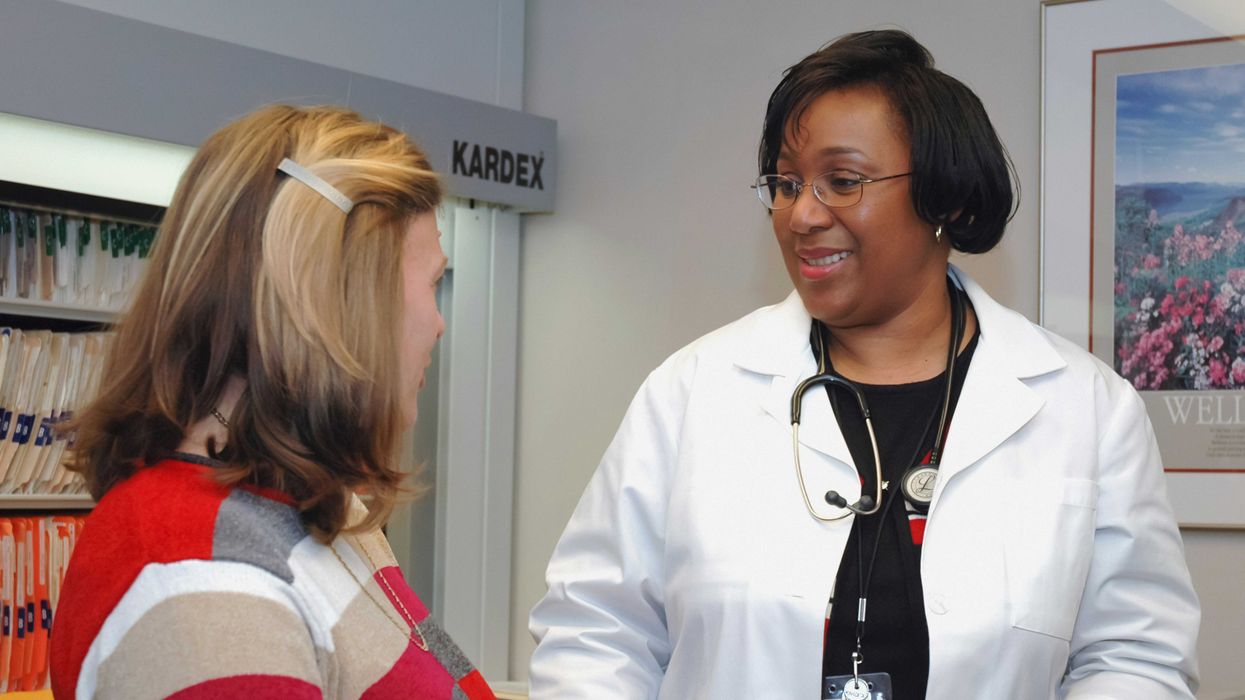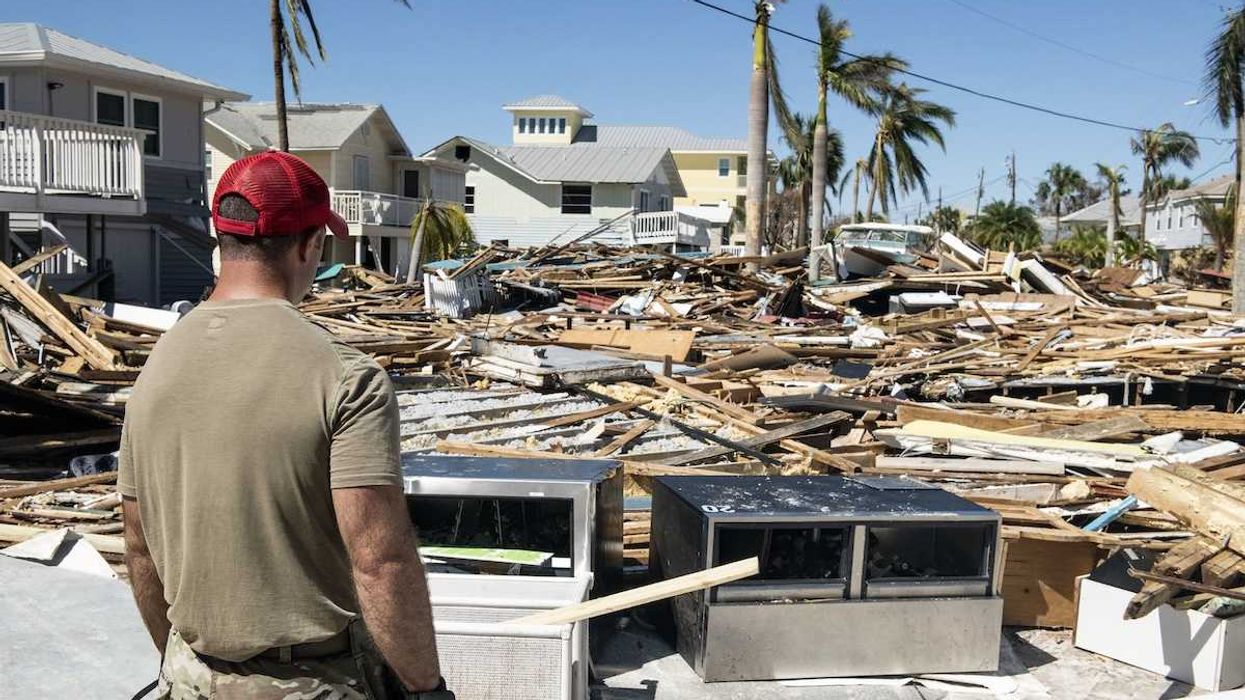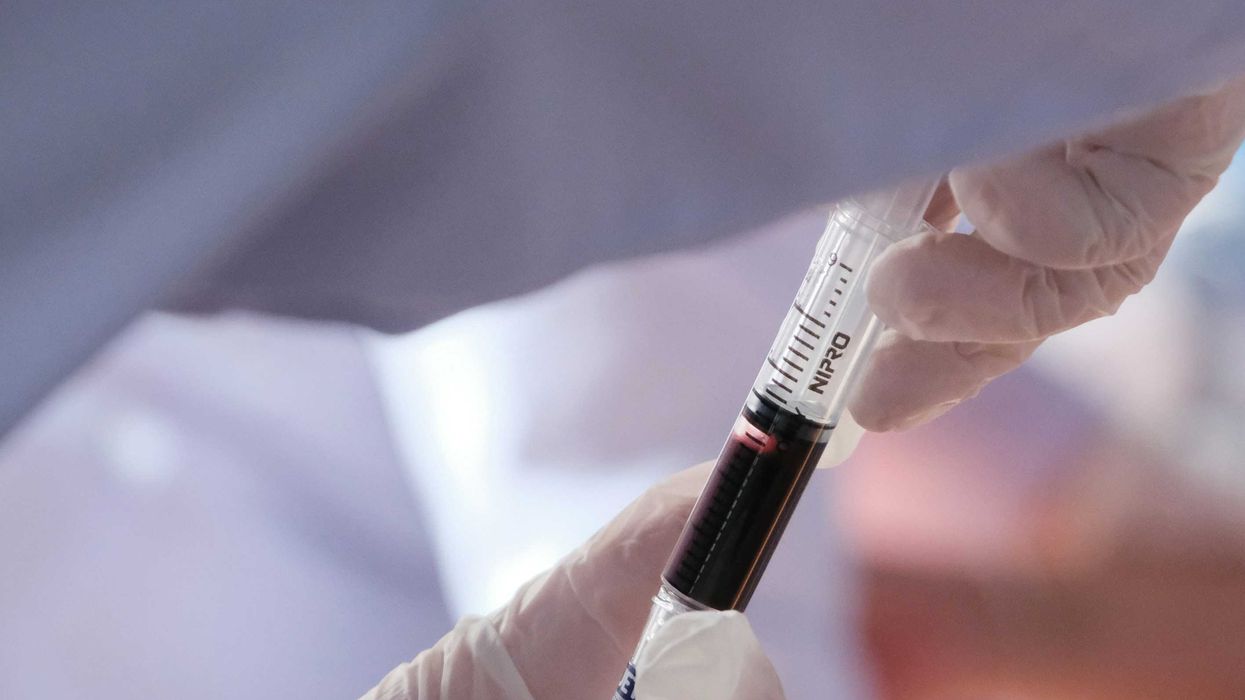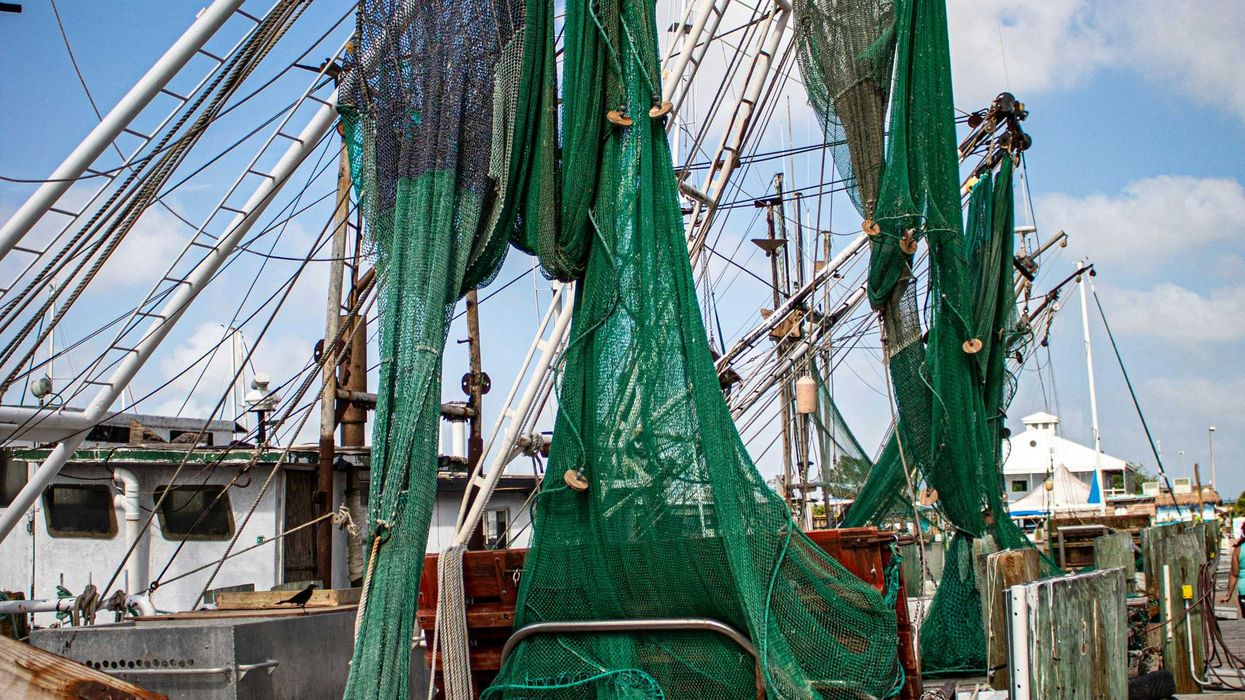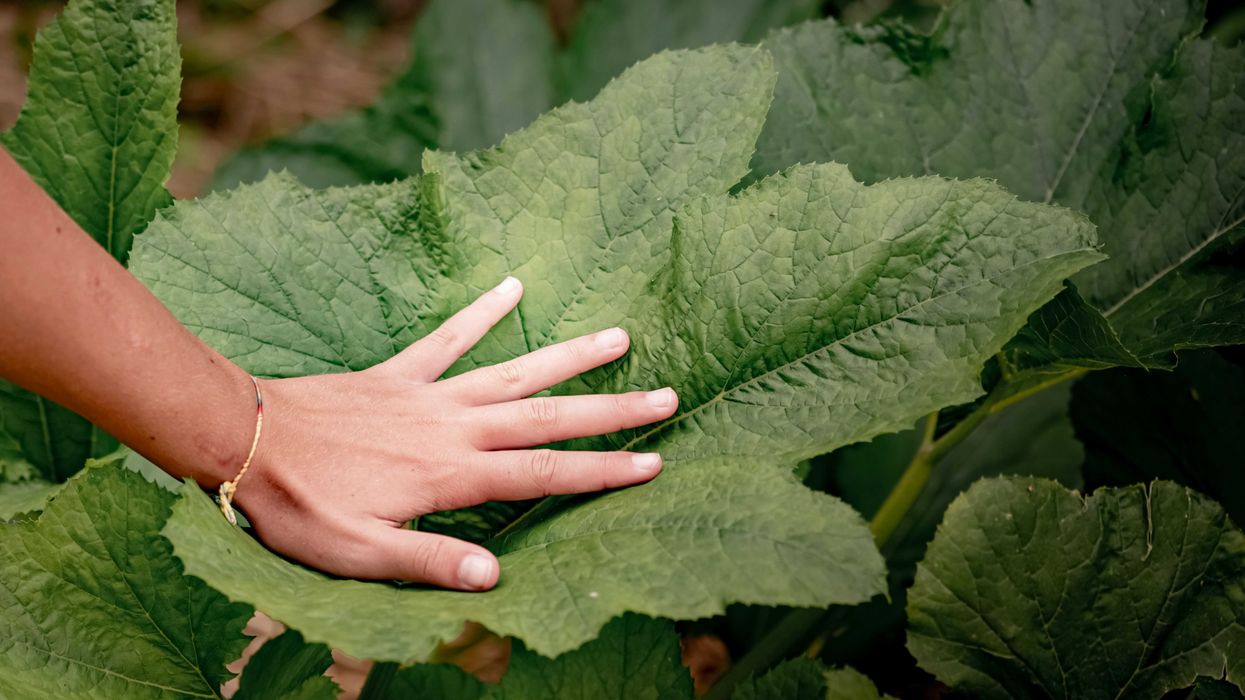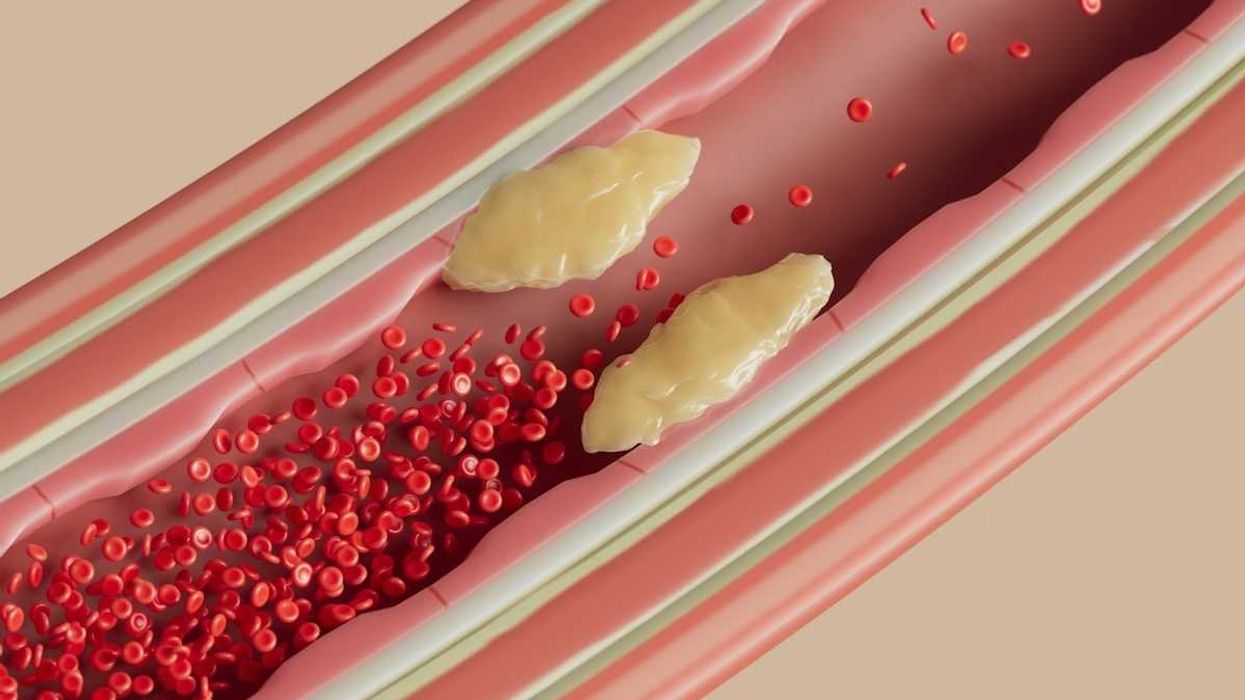Pollution from sewage sludge used as fertilizer on farms has triggered toxic algae blooms and heavy cleanup costs along the St. Johns River, the state’s longest waterway.
Craig Pittman writes for Florida Phoenix.
In short:
- State rule changes allowed South Florida biosolids to be dumped in the St. Johns River watershed, spreading phosphorus, nitrogen, and PFAS chemicals that feed algae blooms.
- Local officials and environmental advocates say the cleanup now exceeds $1 billion and no agency has taken responsibility for halting the sludge dumping.
- Proposed regulations face delays, with major haulers requesting years to comply and state environmental regulators slow to act.
Key quote:
“As a society, we still haven’t figured out what to do when we flush the toilet.”
— Doug Bournique, citrus grower
Why this matters:
Biosolids, marketed as safe fertilizer, often contain heavy metals, nutrients, and PFAS chemicals that linger in soil and water. When spread across farm fields, they wash into rivers during rains, feeding algae blooms that can suffocate fish, foul drinking water, and sicken people who come into contact with contaminated water. The St. Johns River flows through densely populated areas and supplies water to millions, making contamination especially consequential. Florida’s rapid growth and limited wastewater infrastructure have increased reliance on sludge disposal, creating conflicts between urban waste producers and rural communities downstream. Cleanup costs already top $1 billion.
Read more: PFAS contamination in sewage sludge spurs lawsuits and new cleanup technology



